
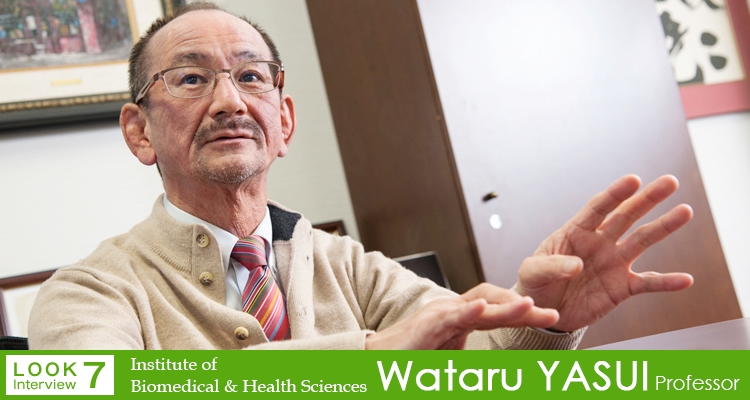
Advancements in Omics Research of Cancer from A Pathological Perspective: Application to The Diagnosis and Treatment of Cancer and Contribution to Advanced Medical Developments
The Omics research on gastrointestinal and urological cancer from a pathological perspective.
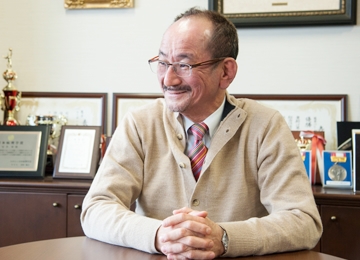
Approximately 30% of the cause of death is cancer, with gastroenterological cancers accounting for approximately half of all cancer cases in Japan. Therefore, it is important to identify new diagnostic targets for early detection and effective therapeutic targets for advanced cancer.
Our research focuses on the development of diagnostic and therapeutic modalities for cancer through the identification of novel targets. Omics research can systematically handle large volumes of genome, transcriptome, and proteome data. We comprehensively identify functioning genes in actual cancer tissues through microscopic analysis. Elucidation of the molecular basis of morphology may help to clarify the mechanism of development and progression of cancer, and to design new targeted modalities for the diagnosis, treatment, and prevention of the disease.
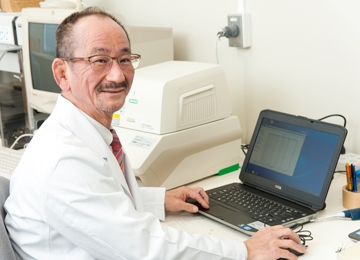
Originally, I wanted to be a clinician, but felt that the limitations to clinical practice would be prohibitive; therefore, I decided to pursue pathology, believing that I would be able to save many more patients, while enabling me to conduct research as well as engage in clinical practice as a pathologist. The specialized research on gastrointestinal cancer that I previously conducted as a graduate student at this molecular pathology laboratory (former 1st department of pathology) has led to my current research.
Analysis of cancer-specific genes using two unique methods. One of the few studies highly regarded worldwide.
We employ two analytical methods: "serial analysis of gene expression (SAGE)" and the "Escherichia coli ampicillin secretion trap (CAST) method."
In the SAGE method, tens of thousands of mRNA base sequences found in normal tissues, cancer cells, and cancer tissue are analyzed to identify gene dysregulation in cancer. We used this method to analyze gene expression profile in gastric cancer and created the world's largest gastric cancer SAGE library, which is available via the National Center for Biotechnology Information website.
In the CAST method, membrane and secretory proteins are comprehensively analyzed to identify the most suitable for use as diagnostic and therapeutic targets. To date, by analyzing >10,000 positive clones from gastric and prostate cancers, we have newly identified several genes associated with cancer invasion and metastasis. Some of them have gained attention as new therapeutic targets.
These analytical methods are extremely unique worldwide and analysis of gene expression profiles in gastric cancer using the SAGE method is only conducted in two other institutions worldwide. Furthermore, the CAST method for breast cancer research is only conducted in one other institution, while research for other cancers is being conducted only in our laboratory.
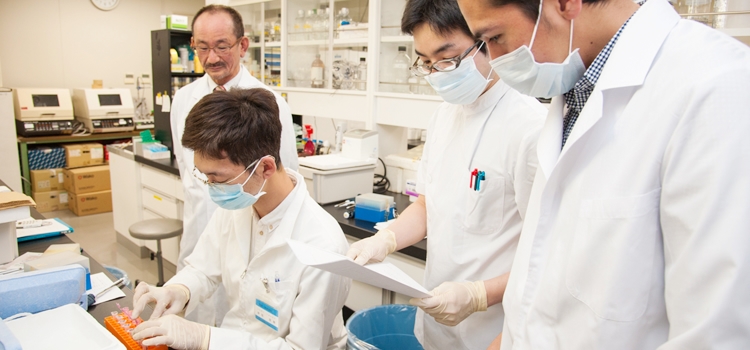
Opening up a bright future through pathology as a leader bridging basic science to clinical practice for cancer.
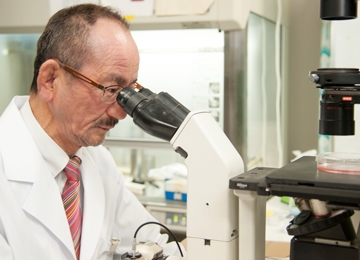
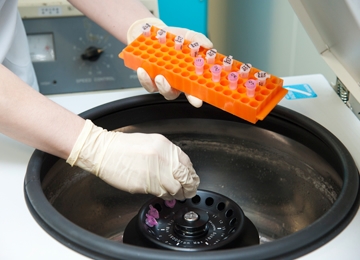
At present, collaboration is underway with research laboratories operated by private enterprises to build a system to analyze the function of selected genes for application in diagnosis. Further, collaborations between industry and academia are also underway in the form of research using the CAST method to identify the genes encoding proteins for potential markers of resistance to anticancer agents. Therefore, basic data obtained from Omics research will greatly contribute to new developments in cancer diagnosis, therapeutics, and prevention. As a leader in "bridging genes, morphology, and clinical practice," seeds obtained in our research can be used in the clinical setting, which we believe is a very important direction.
Our research is still at the basic research stage and may require another 10 years to achieve clinical applicability. However, we must continue to pursue this path to achieve our goals. We believe that the continuation of our research in this direction will allow us to accomplish future advancements.
Furthermore, pathology is the core of community health care and advanced medical care through pathological diagnosis, which identify abnormalities in cell morphology and tissue structure under the microscopy. While valuing the past discoveries and continuing to strive toward actual clinical practice, we sincerely hope to make new developments and share our results with other researchers at conferences and through publications in international scientific journals.
I very hope to create a promising medical care in the future through pathology.
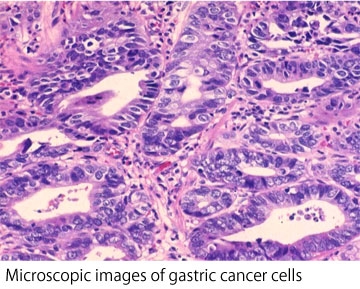
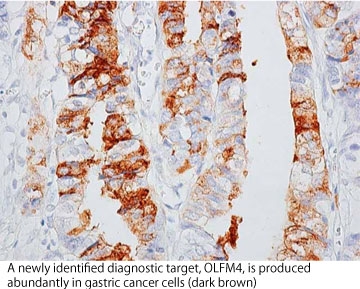
Profile
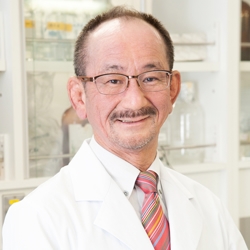

Basic Life Science, Institute of Biomedical & Health Sciences
2014- Dean, Institute and Graduate School of Biomedical & Health Sciences, Hiroshima University
2012-2013 Vice Executive (Research Planning), Hiroshima University
2009-2012 Vice Dean, Graduate School of Biomedical & Health Sciences, Hiroshima University
2000- Professor of Molecular Pathology, Graduate School of Biomedical & Health Sciences, Hiroshima University
1992-2000 Associate Professor, School of Medicine, Hiroshima University
1989-1992 Lecturer, School of Medicine, Hiroshima University
1987-1989 Researcher, The Scripps Research Institute, USA
1986-1987 Research Associate, School of Medicine, Hiroshima University

 Home
Home